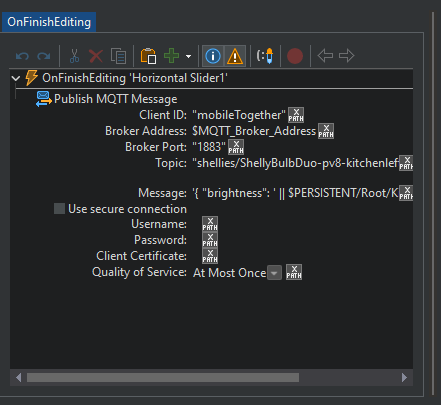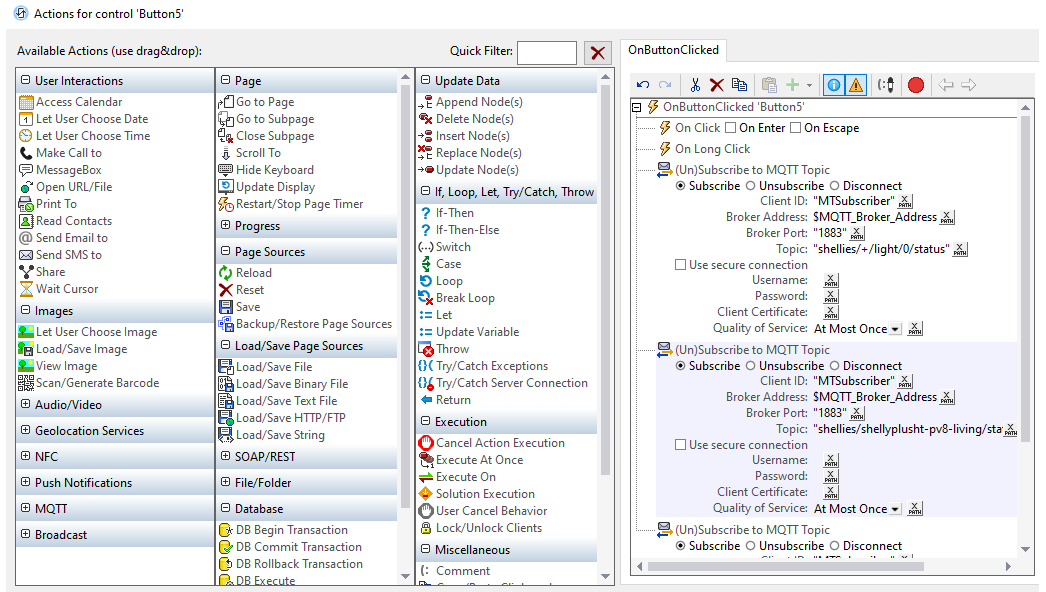Today, MQTT is a critical component of real-time monitoring and control of devices and processes in a wide variety of industries including automotive, manufacturing, transportation, healthcare, and others.
Automation of industrial smart devices is enabled through MQTT when sensors and actuators can publish and subscribe to relevant topics, facilitating efficient communication throughout the system.
Countless examples exist, but one is the use of robotic arms in auto manufacturing for assembling components such as doors, windows, and interior parts. Sensors on the robotic arms measure displacement and pressure, which can affect the quality of the end product, during the assembly process. Data is published to MQTT topics for real-time monitoring and analysis. Or, you might build an app that monitors equipment temperature in a manufacturing facility: The temperature reading is subscribed to by a PLC that adjusts processes in reaction to the temperature, as well as by the app for real-time data visualization and monitoring.










